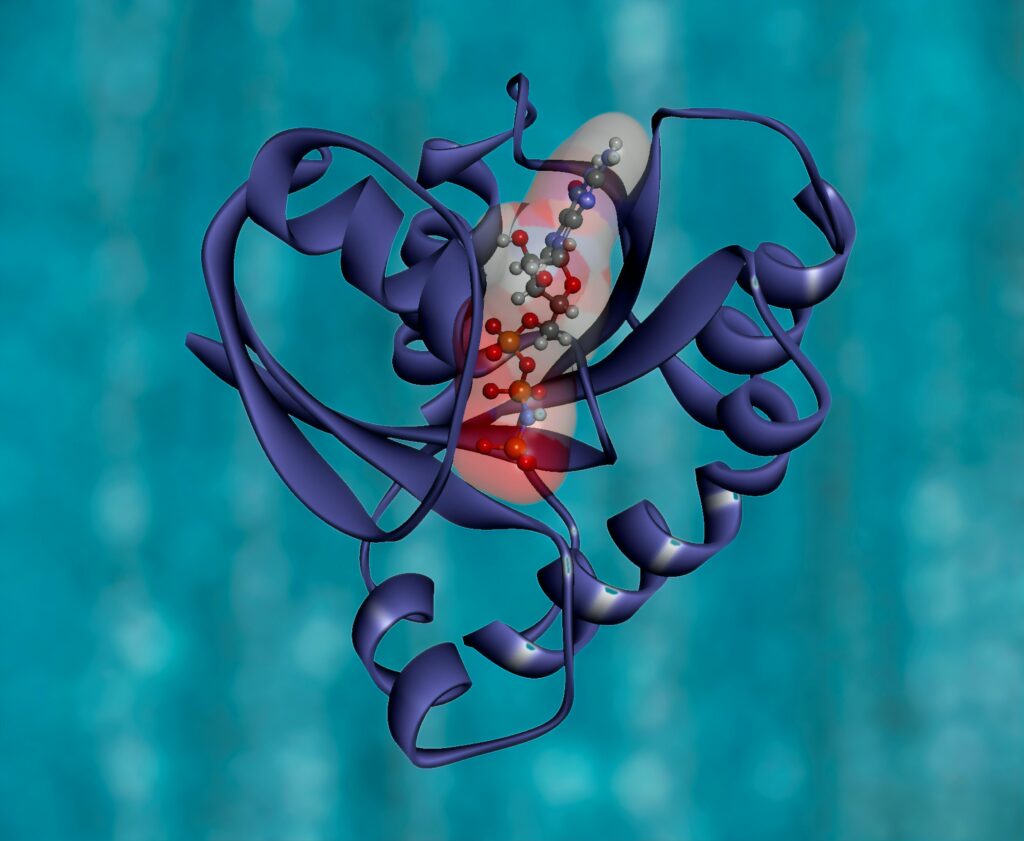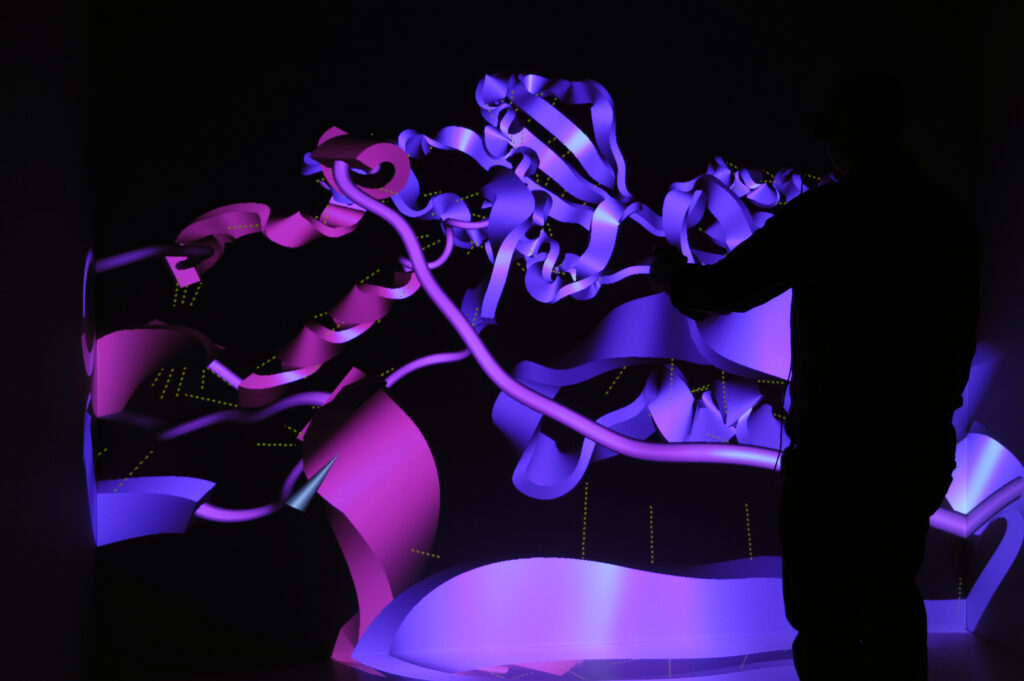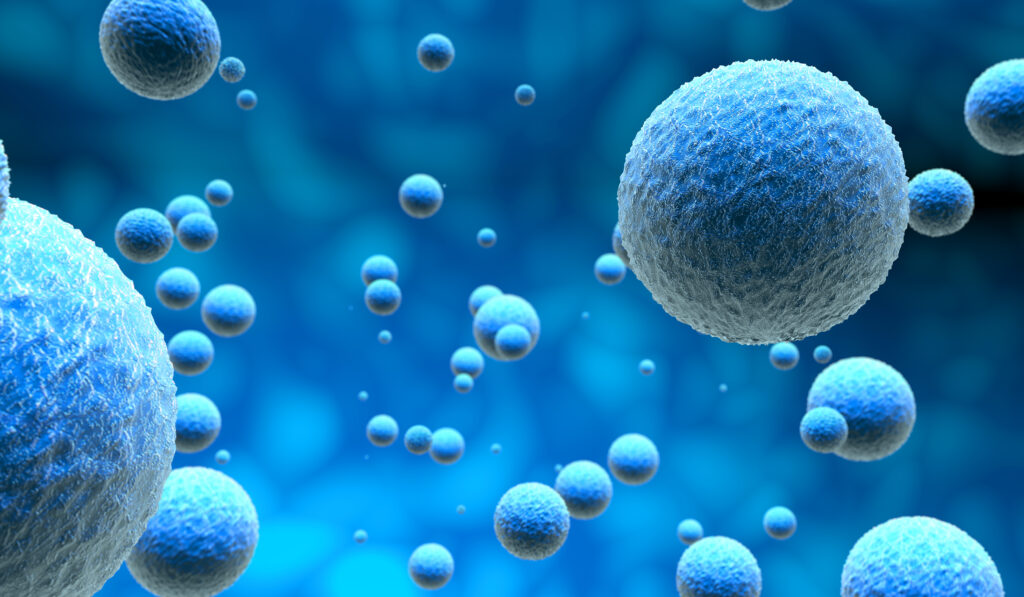Published research to date related to Sigma proteins and Proteostasis has been conducted with compounds not developed by Advantx Pharmaceuticals Inc. Our therapeutic candidates are novel and clean molecules, far superior in potency, selectivity, safety, and efficacy to all others tested to date.
RECENT SCIENTIFIC PUBLICATIONS RELATED TO SIGMA CHAPERONES AND PROTEOSTASIS
Sphingoid Bases Regulate the Sigma-1 Receptor—Sphingosine and N,N’-Dimethylsphingosine Are Endogenous Agonists
By Jing Li, Kenneth A. Satyshur, Lian-Wang Guo, and Arnold E. Ruoho Excerpt from the article published in the International Journal of Molecular Sciences. 2023; 24(4):3103; 4 February 2023, DOI: https://doi.org/10.3390/ijms24043103 Editor’s Highlights Abstract Both bioactive sphingolipids and Sigma-1 receptor (S1R) chaperones occur ubiquitously in mammalian cell membranes. Endogenous compounds that regulate the S1R are […]
Protein Misfolding and Aggregation in the Brain: Common Pathogenetic Pathways in Neurodegenerative and Mental Disorders
By Aleksandra Ochneva, Yana Zorkina, Olga Abramova, Olga Pavlova, Valeriya Ushakova, Anna Morozova, Eugene Zubkov, Konstantin Pavlov, Olga Gurina, and Vladimir Chekhonin Excerpt from the article published in International Journal of Molecular Sciences 23, no. 22: 14498. 21 November 2022, DOI: https://doi.org/10.3390/ijms232214498 Editor’s Highlights Abstract Mental disorders represent common brain diseases characterized by substantial impairments of […]
The regulatory role of endoplasmic reticulum chaperone proteins in neurodevelopment
By Hongji Sun, Mengxue Wu, Minxin Wang, Xiaomin Zhang, and Jia Zhu Excerpt from the article published in Frontiers of Neuroscience, 15 November 2022, Sec. Neurodevelopment, DOI: https://doi.org/10.3389/fnins.2022.1032607 Editor’s Highlights Abstract The endoplasmic reticulum (ER) is the largest tubular reticular organelle spanning the cell. As the main site of protein synthesis, Ca2+ homeostasis maintenance and lipid […]
Proteostasis collapse is a driver of cell aging and death
By Mantu Santra, Ken A. Dill, and Adam M. R. de Graff Excerpt from the article published in PNAS, 116(44) 22173-22178, October 16, 2019, DOI: https://doi.org/10.1073/pnas.1906592116 Editor’s Highlights Aging results from declining protein quality-control systems involved in protein synthesis, degradation, and chaperoning that normally protect the proteins in the cell’s proteome Proteostasis, the decline in protein […]
Universal protein misfolding intermediates can bypass the proteostasis network and remain soluble and less functional
By Daniel A. Nissley, Yang Jiang, Fabio Trovato, Ian Sitarik, Karthik B. Narayan, Philip To, Yingzi Xia, Stephen D. Fried, and Edward P. O’Brien Excerpt from the article published in Nature Communication 13, 3081 (2022). Published: 02 June 2022 DOI: https://doi.org/10.1038/s41467-022-30548-5 Editor’s Highlights Protein homeostasis (“proteostasis”) refers to the maintenance of proteins at their correct concentrations and […]
Protein lifetimes in aged brains reveal a proteostatic adaptation linking physiological aging to neurodegeneration
By Verena Kluever, Belisa Russo, Sunit Mandad, Nisha Hemandhar Kumar, Mihai Alevra, Alessandro Ori, Silvio O. Rizzoli, Henning Urlaub, Anja Schneider, and Eugenio F. Fornasiero Excerpt from the article published in Science Advances, 20 May 2022, Vol 8, Issue 20 DOI: 10.1126/sciadv.abn4437 Editor’s Highlights Physiologically aged brain has revealed only minor alterations in protein abundances in the aged […]
Targeting cellular senescence based on interorganelle communication, multilevel proteostasis, and metabolic control
By Maria Cavinato, Corina T. Madreiter-Sokolowski, Sabrina Büttner, Markus Schosserer, Werner Zwerschke, Sophia Wedel, Johannes Grillari, Wolfgang F. Graier, and Pidder Jansen-Dürr Excerpt from the article published in The FEBS Journal, 17 November 2020, DOI: https://doi.org/10.1111/febs.15631 Editor’s Highlights Aging is a complex process driving progressive decline of functionality and regenerative potential of tissues. During aging, […]
Proteostasis and Proteotoxicity in the Network Medicine Era
By Marta Lualdi, Tiziana Alberio, and Mauro Fasano Excerpt from the article published in Internationa Journal of Molecular Science 2020, 21(17), 6405; https://doi.org/10.3390/ijms21176405 Editor’s Highlights The vast majority of proteins display a complex structure and need assistance to obtain the final correct conformation. In physiologic conditions, several proteins (i.e., the molecular chaperones) assist the folding process in order […]
Proteostasis Failure in Neurodegenerative Diseases: Focus on Oxidative Stress
By Annika Höhn, Antonella Tramutola, and Roberta Cascella Excerpt from the article published in OMCL Oxidative Medicine and Cellular Longevity 1942-0994 1942-0900 Hindawi Volume 2020 Article ID 5497046 DOI: https://doi.org/10.1155/2020/5497046 Editor’s Highlights The cellular protein quality control ensures the proper folding of newly synthesized proteins, handling unfolding, refolding, and/or degradation of misfolded proteins. This process is critical as 30% of newly synthesized proteins are prone […]
SIGMAR1/Sigma-1 receptor ablation impairs autophagosome clearance
By Huan Yang, Hongtao Shen, Jing Li, and Lian-Wang Guo Excerpt from the article published in Autophagy, 15:9, 1539-1557, Published online: 14 Mar 2019 DOI: 10.1080/15548627.2019.1586248 Editor’s Highlights Autophagy lysosome-mediated pathway (ALP) degrades and recycles cellular wastes including proteins, lipids, and dysfunctional organelles, and is a key element of the Proteostasis Network. SIGMAR1 is a putative chaperone protein primarily […]
Sigma-1 Receptor Activation Induces Autophagy and Increases Proteostasis Capacity In Vitro and In Vivo
By Maximilian G. Christ, Heike Huesmann, Heike Nagel, Andreas Kern and Christian Behl Excerpt from the article published in Cells. 2019; 8(3):211. DOI: https://doi.org/10.3390/cells8030211 Editor’s Highlights The control and maintenance of proteome integrity and proteostasis are of utmost importance. Cellular proteostasis includes protein folding, protein assembly, refolding of damaged proteins, as well as protein degradation, […]











